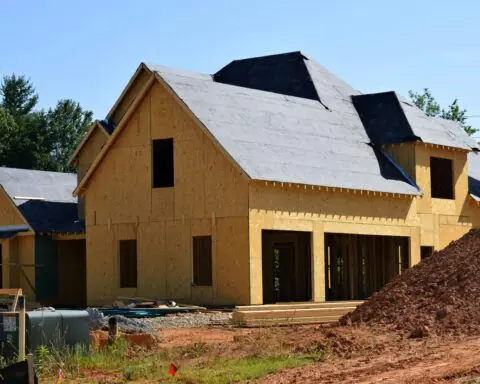The U.S. Department of Energy (DOE) has unveiled a preliminary roster of 10 possible National Interest Electric Transmission Corridors (NIETCs) to help expand the electric grid while making it more reliable.
The corridors were identified to fast-track the development of projects in regions with pressing demands for more transmission capacity.
Additionally, the DOE is introducing minimum eligibility criteria for direct loans under the Transmission Facility Financing (TFF) program, designed to fund billions of dollars in transmission projects within designated NIETCs. The DOE is seeking public feedback on both the initial list of potential NIETCs and the application and evaluation process for the TFF program.
The Bipartisan Infrastructure Law amended the Federal Power Act to clarify the secretary of Energy’s authority to designate any geographical area as a NIETC. The designation is made if data suggests consumers are or will be harmed by inadequate transmission infrastructure in the area and the development of new transmission would serve U.S. interests, such as improving reliability and reducing prices.
An NIETC designation encourages transmission development by providing access to federal financing and permitting tools, including direct loans through the TFF program, public-private partnerships via the Transmission Facilitation Program, and the siting and permitting authority of the Federal Energy Regulatory Commission (FERC) in certain cases.
Developers and local authorities can also use the environmental analysis conducted by the DOE as part of the NIETC designation process to expedite local procedures.
The DOE issued final guidance on NIETC designation in December. That kicked off a four-phase process that started with stakeholders proposing specific areas where a designation could advance transmission development to address regional needs.
After independent analysis and review of public input, the DOE’s preliminary list of potential NIETCs encompasses 10 narrow geographical areas spanning nine regions identified in the DOE’s 2023 National Transmission Needs Study.
The potential NIETCs:
- Include one or more transmission projects already under development that could be accelerated by the tools unlocked by an NIETC designation.
- Range in width from less than 1 mile to near 100 miles and 12 to 780 miles in length.
- Often parallel existing rights-of-way, including state highways and high-voltage transmission lines.
- Could aid in the integration of renewable energy resources such as wind and solar, including offshore wind generation in the Atlantic Ocean.
- Present the opportunity to increase transmission capacity between the Eastern and Western Interconnections – two otherwise largely disconnected grids.
The geographic boundaries of any potential NIETC may differ from those presented in the preliminary list as the designation process progresses. Wednesday’s announcement does not finalize any NIETC designations.
The release of the preliminary list marks the beginning of Phase 2 of the NIETC process, which includes a 45-day period for public comments on the geographic boundaries and potential efffects on environmental, community and other resources. DOE is especially interested in input from people with knowledge of wetlands, recreational areas, historic sites, residences, businesses, abandoned mines and croplands. The public comment period will close June 24.
DOE anticipates the narrowed list of potential NIETCs will be announced this fall, moving the process along to Phase 3, when DOE will draft designation reports, conduct environmental reviews, consult with Tribal Nations and seek further public input.












